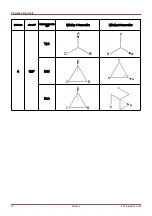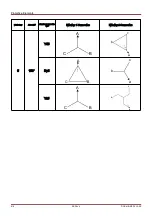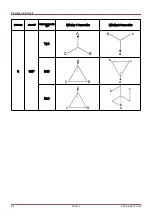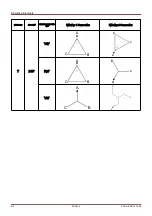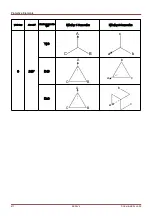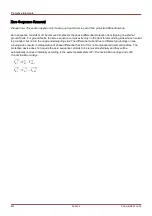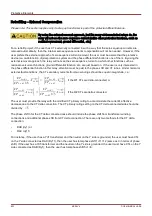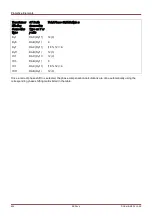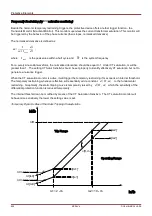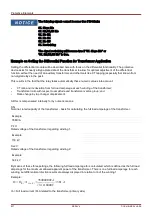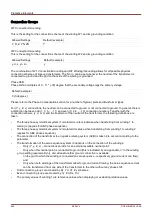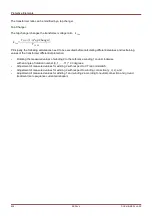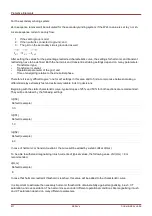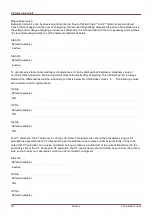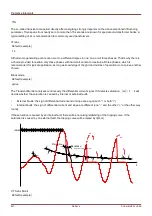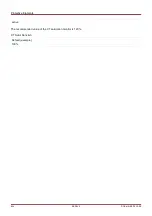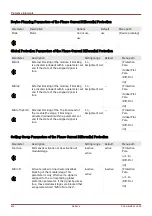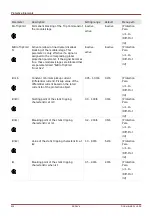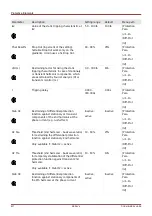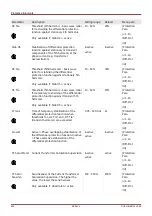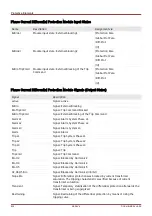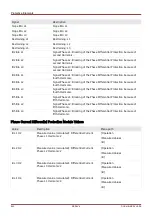
Protective Elements
Transient Restraining
The transient behavior can be evoked by:
1. Directly energizing the transformer (inrush effect);
2. Sympathetic inrush current sharing due to adjacent transformer energization; and/or
3. Saturation of the CT.
Temporarily restraining can be triggered by:
1. 2nd harmonic trigger is enabled and the percentage of the 2nd harmonic exceeds its threshold;
2. 4th harmonic trigger is enabled and the percentage of the 4th harmonic exceeds its threshold;
3. 5th harmonic trigger is enabled and the percentage of the 5th harmonic exceeds its threshold; or
4. CT saturation trigger is enabled and saturation is detected.
By means of the »
Block mode« (Cross Block), the User can specify if a
harmonic signal or CT saturation within one phase temporarily causes
restraining within this phase only or a cross block (3 phases).
Temporarily Restraining (by monitoring of the harmonics)
The protective device also offers the temporary restraining feature for further securing phase percentage restrained
differential protection against harmonics and other transients such as
CT
saturation. Separating the temporary
restraining from the fundamental restraining can make the differential protection more sensitive to internal faults and
more secure when harmonics or other transients occur. The temporary restraining, whenever effective, will essential
add a constant
d
H , m
to the fundamental restraining. Graphically, the static tripping curve is temporarily
raised by
d
H , m
. The amount of the temporary restraining is configured as multiple of the base current
I
b
. The 2nd, 4th, and 5th harmonics percentage relative to fundamental and CT saturation can trigger the
temporary restraining. For each harmonic trigger function to be effective, it must be enabled and the percentage of
the harmonic over fundamental must exceed its threshold.
Moreover, for the 2nd and 5th harmonics trigger functions, they can be configured independently as having different
trigger levels for transient and stationary harmonics. The transient restraining will be effective for a specified t-Trans
beginning with energization, which should be set according to the time duration expected for inrush (IH2) currents.
For example, this can vary from around 1 second up to nearly 30 seconds for special applications like auto-
transformer banks.
The stationary harmonic restraining will take place after t-Trans for time as long as one of the stationary harmonic
triggers is active.
625
MCDLV4
DOK-HB-MCDLV4-2E
Summary of Contents for HighPROtec MCDLV4
Page 3: ...Order Code Order Code 3 MCDLV4 DOK HB MCDLV4 2E...
Page 47: ...Installation and Connection 47 MCDLV4 DOK HB MCDLV4 2E...
Page 164: ...Input Output and LED Settings 164 MCDLV4 DOK HB MCDLV4 2E...
Page 433: ...Parameters 433 MCDLV4 DOK HB MCDLV4 2E...
Page 457: ...Device Parameters 457 MCDLV4 DOK HB MCDLV4 2E...
Page 473: ...Blockings 473 MCDLV4 DOK HB MCDLV4 2E...
Page 988: ...Protective Elements 988 MCDLV4 DOK HB MCDLV4 2E P P Q P Q P Q Q Q P S S...
Page 989: ...Protective Elements 989 MCDLV4 DOK HB MCDLV4 2E Pr Q P Q P Qr...
Page 1023: ...Protective Elements 1023 MCDLV4 DOK HB MCDLV4 2E...



